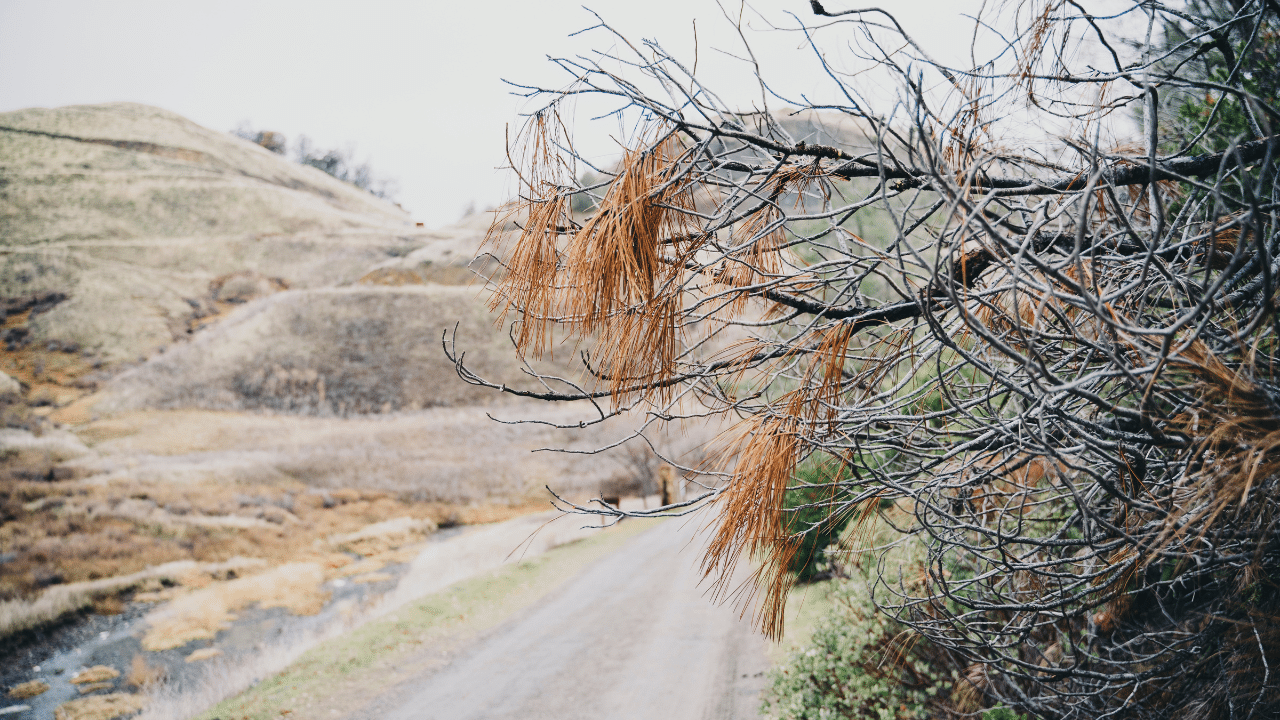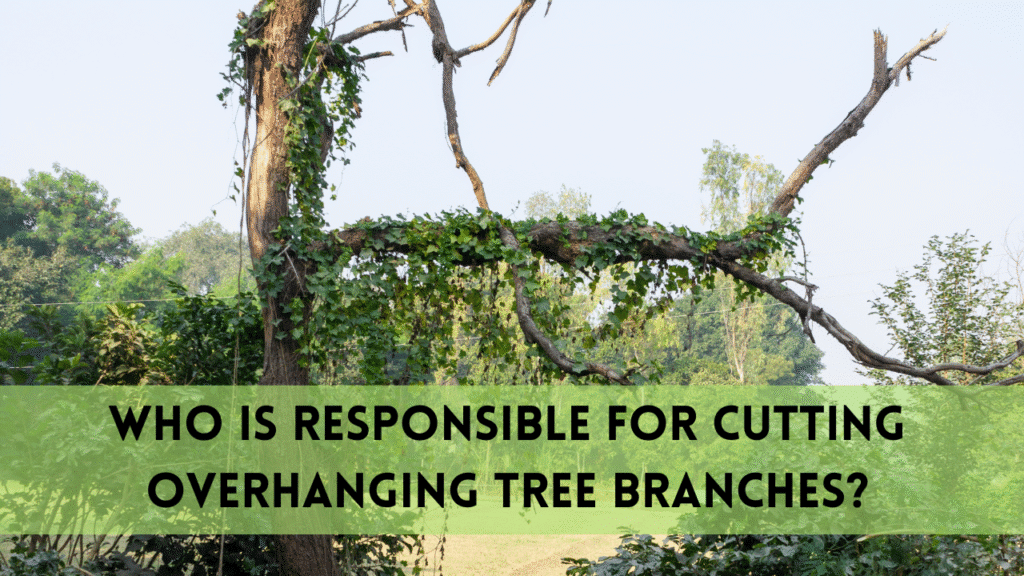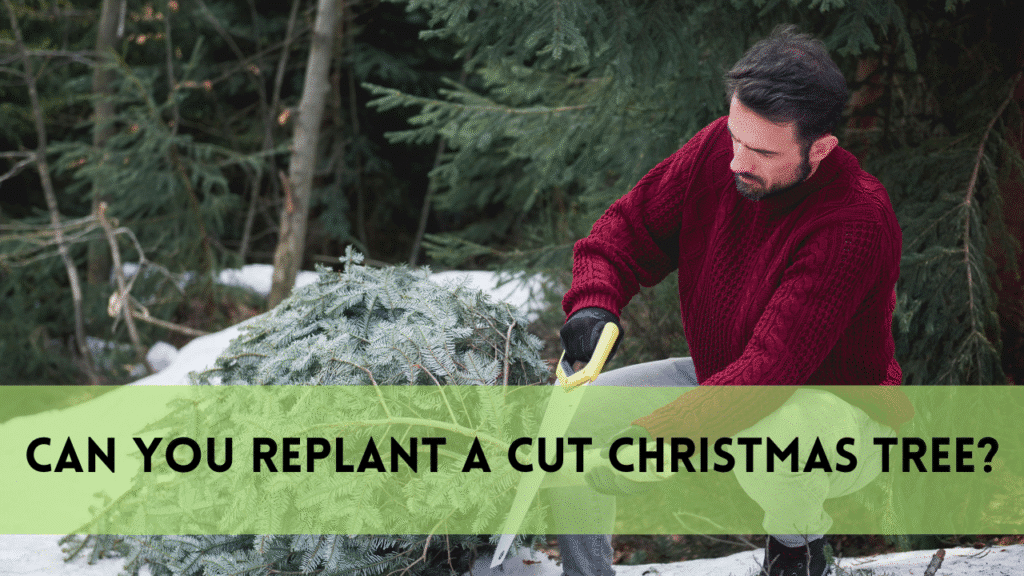Who is responsible for cutting overhanging tree branches? It’s a common issue, particularly when the branches of the neighbor’s tree get into your yard, rub against your roof or hinder sunlight. It’s not always easy to answer, as it is contingent on the boundaries of property and local laws as well as the cooperation of neighbors. In this article we’ll explain the rules of rights, the best practices for dealing with branches that are hanging over while maintaining relationships.
- Who Is Responsible for Cutting Overhanging Tree Branches
- Your Rights and Limitations for Cutting Overhanging Tree Branches
- When Cutting Overhanging Tree Branches Become a Problem
- How to handle Disputes with neighbors
- Employing a Professional. DIY trimming
- Preventing Future Issues
- FAQs
- Final Thoughts on Cutting Overhanging Tree Branches
Who Is Responsible for Cutting Overhanging Tree Branches
Understanding Property Lines and Tree Ownership
Before you take actions, it is important to be aware of where the tree’s roots are. If the tree’s root is on the property of your neighbor The tree is legally to them, even if the branches reach into your yard. If the tree is located on the boundary and is classified as a shared tree which means that both owners are involved regarding its care.
Local laws vary however, in the majority of instances, who is responsible for trimming overhanging branches is contingent on the property they’re intruding onto. If the branches extend over your property usually, you’re entitled to the right to trim them, but only to the property boundary.
Your Rights and Limitations for Cutting Overhanging Tree Branches
It is tempting to get an axe and start cutting but there are practical and legal considerations:
- You are only able to trim until the property lines. Cutting beyond that could be considered to be trespassing, or property damage.
- It’s not possible to cause harm to trees. If your trimming causes death or severe damage to it and causes damage, you could be held accountable for the cost of replacing a tree that is old (which could be hundreds in dollars).
- Review local laws. Some areas require permits for tree work, specifically for species that are protected.
An informal chat with your neighbour is usually the most effective initial step. A lot of disputes can be resolved by addressing the issue and deciding on a solution.
When Cutting Overhanging Tree Branches Become a Problem
Overhanging branches don’t just look ugly, they could cause serious damage. Here are some instances where actions are required:
- Safety Dangers Dead or weak branches could be thrown down, posing dangers to pets, people and even property.
- Property damage branches scraping against gutters, roofs or power lines could cause expensive repairs.
- Blocking Sunlight If a tree is a major shader over your garden and solar panel, this could hinder the functioning of your property.
- Encroaching roots This article is focused on branches, the invasive roots can also cause damage to foundations as well as plumbing.
When any of the above problems occur, you’ll need decide who’s accountable for cutting branches of trees prior to moving forward.

How to handle Disputes with neighbors
There are some neighbors who aren’t willing to discussions about tree trimming. If they don’t want to agree, here’s how you can manage it professionally:
- Document the problem. Take photos of the branches hanging overhanging, and also any damage they may have caused.
- Read Local laws. Some cities have specific regulations regarding nuisance trees.
- Write a polite demand. A formal letter (sent through certified mail) could be used as proof in the event that legal action is required.
- Legal action or mediation. If all else fails small claims court or mediation services could aid in settling the dispute.
Employing a Professional. DIY trimming
If you’ve been able to confirm that you are able to prune those branches then your next step is whether to trim it yourself or employ an arborist.
- DIY This is suitable only for smaller, easily accessible branches. Make sure you use the right tools (pole saws or cutting shears, pruning) and safety equipment.
- Professional Arborist Ideal for large trees with high branches or for trees that are close to power lines. They make sure the job is done with care and without causing harm to the tree.
Don’t forget that poor trimming can weaken a tree and lead to disease. If you are unsure, contact an expert.
Preventing Future Issues
After cutting overhanging tree branches take these steps to avoid recurring issues:
- Maintaining the system regularly: Schedule periodic inspections to detect overgrowth before it becomes too severe.
- Choose the right trees: If planting new trees, pick a trees that don’t overtake the space of your neighbors or you.
- Written agreements: If sharing a tree and a written agreement regarding maintenance will avoid future disputes.
FAQs
Can I cut branches hanging over my property?
Yes you can, but only to the property boundary. You are not allowed to damage the tree or infringe on your neighbor’s property.
What happens if trimming the branches will kill the tree?
It is possible to be held responsible for the value of the tree. Be sure to trim it properly or employ an arborist professional.
Does my neighbor have the right to oblige me to cut the branches of my tree?
If the branches threaten your property, you may be cut down but must do it without damaging the tree.
What if the tree was covered by local law?
Certain tree species (like those that are heritage plants) may require permits prior to trimming. Be sure to verify local regulations before trimming.
Who pays for cutting overhanging tree branches?
Typically, the owner of the property who would like the trimming to be done pays for the trimming unless they have a different arrangement with the neighbor.
Final Thoughts on Cutting Overhanging Tree Branches
The question is, the person who’s responsible for cutting overhanging tree branches? The short answer is: it depends on the property line local laws, property lines, and neighbourly communications. Although you might be able to cut branches that are encroaching however, prudence and diplomaticity are essential.
Before you take action, speak to your neighbor, know your legal rights and think about professional assistance in the case of large or dangerous jobs. Making a small effort today can keep you from more trouble and legal fights later.



